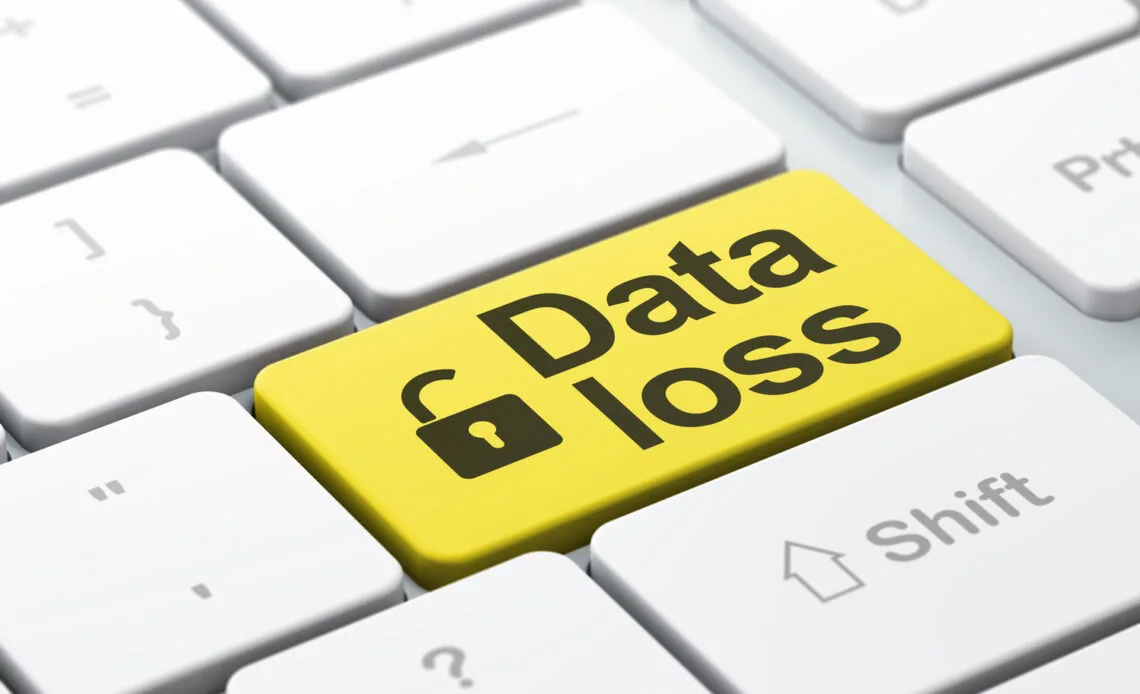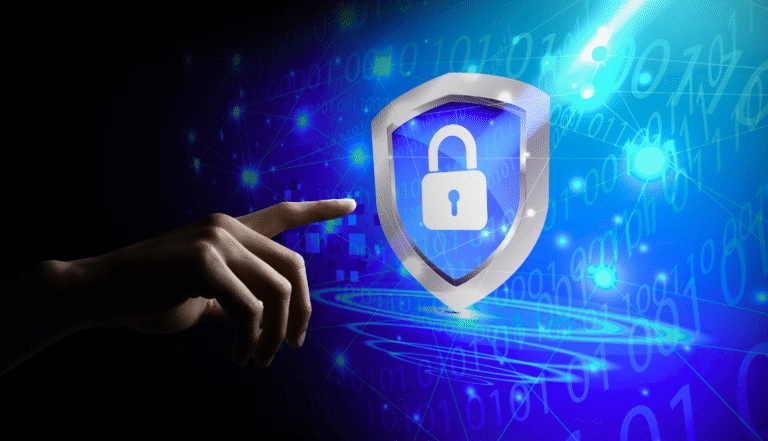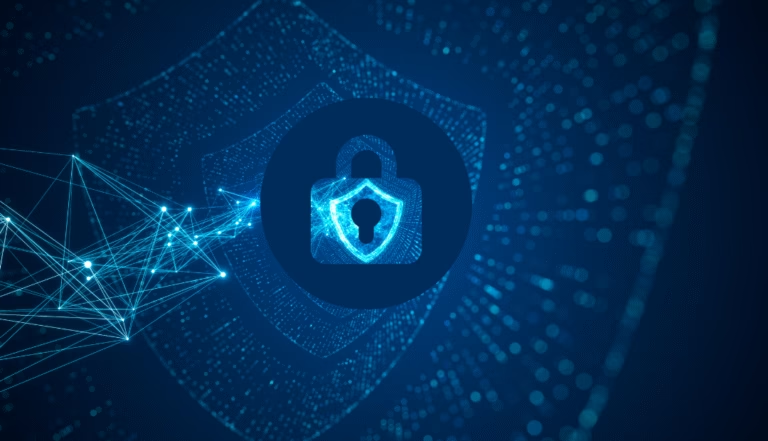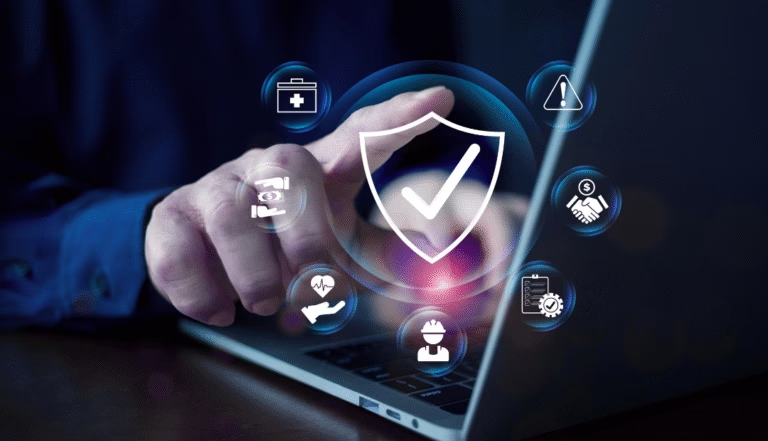Understanding the Basics of Data Loss Prevention
Data Loss Prevention (DLP) is a strategy or set of tools and technologies designed to prevent unauthorized access, use, or distribution of sensitive information within an organization. DLP solutions help organizations protect their sensitive data from data breaches, insider threats, and accidental disclosure by monitoring, detecting, and blocking sensitive data in use or at rest.
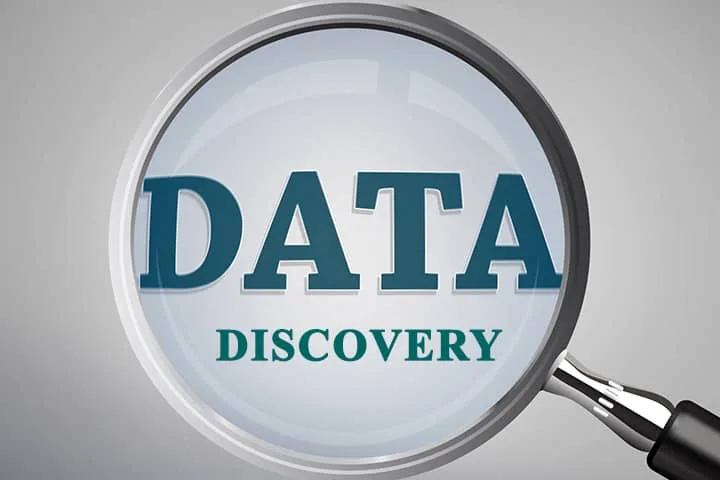
1. Data Discovery:
The first step in DLP is identifying and classifying sensitive data within an organization. This includes data in storage, transit, and in use.
2. Data Monitoring:
DLP tools continuously monitor data flow and identify potential breaches or unauthorized access. This can include monitoring email, web traffic, and file transfers.


3. Policy Enforcement:
Organizations need to establish clear policies and guidelines for handling sensitive data. DLP tools can help enforce these policies by blocking or encrypting data that is being transferred or shared in violation of these rules.
4. Incident Response:
In the event of a data breach or loss, organizations need to have a plan in place for responding quickly and effectively. This can include notifying affected parties, conducting forensic analysis, and implementing new security measures to prevent future incidents.
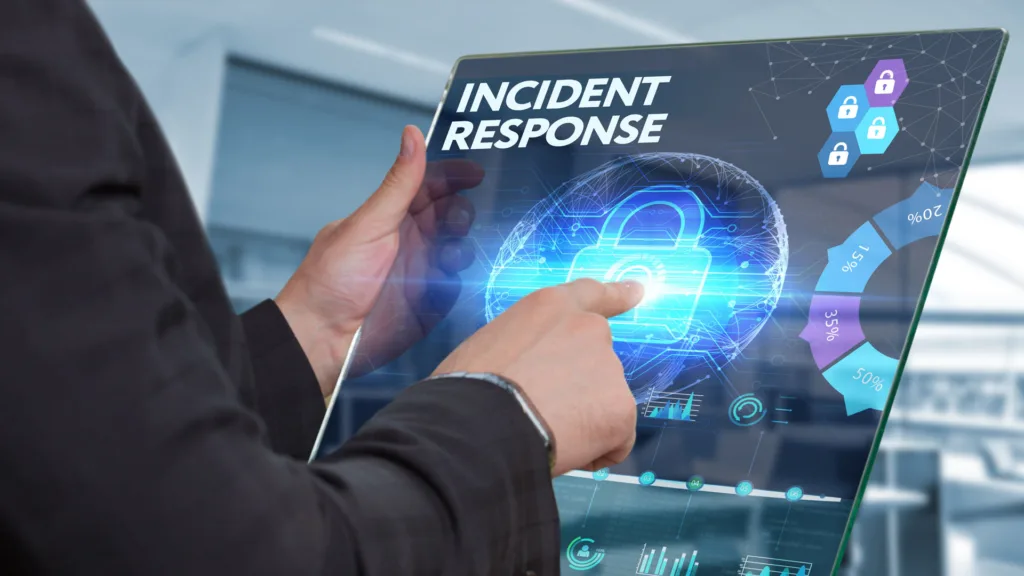
Implementing Effective Data Loss Prevention Solutions
Data Loss Prevention (DLP) solutions are essential for protecting sensitive data and preventing security breaches within an organization. Implementing effective DLP solutions requires careful planning and execution to ensure that all sensitive data is adequately protected

1. Identify sensitive data:
The first step in implementing a DLP solution is to identify and classify all sensitive data within the organization. This includes data such as customer information, financial data, intellectual property, and any other data that could be damaging if leaked or lost.
2. Create DLP policies:
Once sensitive data has been identified, create DLP policies that define how the data should be handled and protected. These policies should outline what actions are allowed or prohibited when handling sensitive data, such as who has access to the data, how it can be shared or transmitted, and how it should be encrypted.
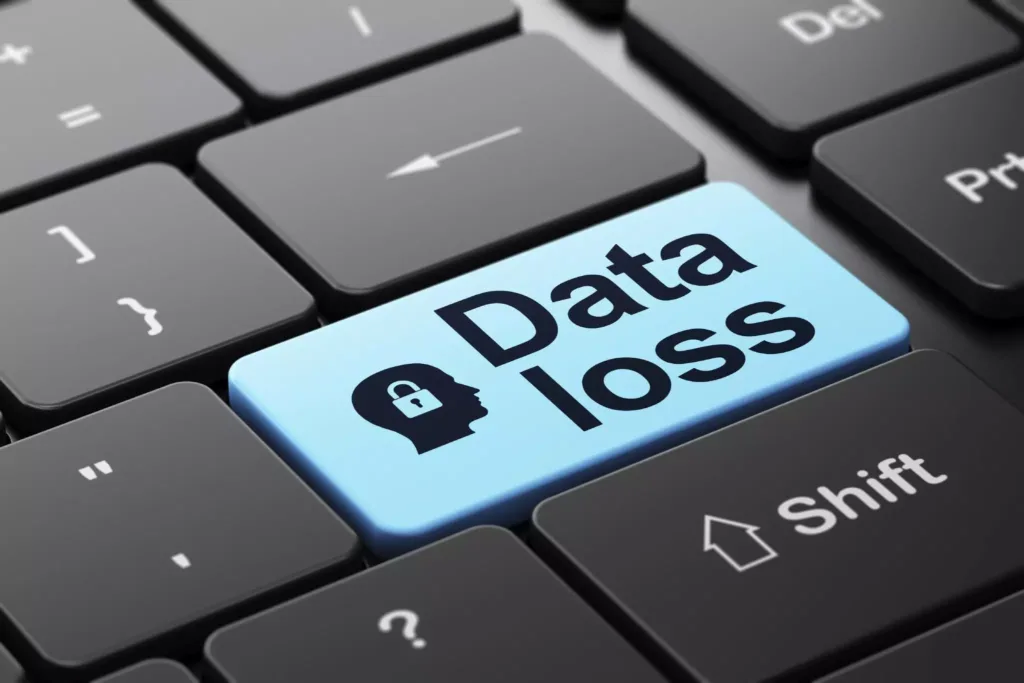

3. Select the right DLP solution:
There are a variety of DLP solutions available on the market, so it’s important to choose one that aligns with your organization’s needs and requirements. Consider factors such as the size of your organization, the types of data you need to protect, and your budget when selecting a DLP solution.
4. Implement DLP technology:
Once you have selected a DLP solution, it’s time to implement the technology within your organization. This may involve deploying software agents on endpoints, setting up network monitoring tools, or integrating with existing security systems.


5. Monitor and enforce DLP policies:
After the DLP technology is in place, regularly monitor and enforce DLP policies to ensure compliance and prevent data breaches. Monitor data access and usage patterns, and set up alerts for any suspicious activities that may indicate a potential breach.
6. Educate employees:
Educating employees about the importance of DLP and how to properly handle sensitive data is crucial for the success of your DLP solution. Provide training on DLP policies and procedures, and enforce consequences for non-compliance.

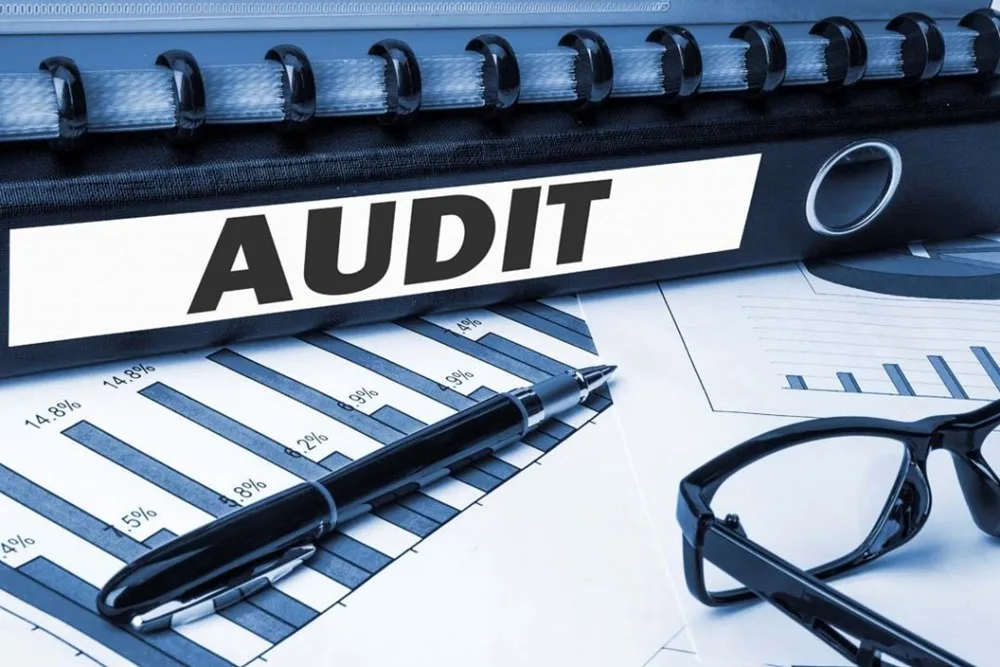
7. Conduct regular audits:
Regularly audit your DLP solution to ensure it is working effectively and that all sensitive data is adequately protected. Analyze reports and logs generated by the DLP solution to identify any potential weaknesses or areas for improvement.
Choosing the Right DLP Software
Data Loss Prevention (DLP) software is a crucial tool for organizations looking to protect sensitive information and prevent data breaches. With so many options available on the market, it can be overwhelming to choose the right DLP software for your specific needs
1. Understand your organization’s needs:
Before choosing a DLP solution, it’s important to assess your organization’s specific requirements. Consider the types of sensitive data you need to protect, the potential threats facing your organization, and any compliance regulations you need to comply with.


2. Scalability:
Make sure the DLP software you choose can scale with your organization as it grows. Look for a solution that can easily adapt to your changing needs and accommodate an increasing amount of data.
3. Ease of use:
User-friendly DLP software will make it easier for your team to set up and maintain security policies, analyze data loss incidents, and respond to security alerts. Look for a solution with a simple and intuitive interface.


4. Integration capabilities:
Ensure that the DLP software you choose can easily integrate with your existing security infrastructure, such as firewalls, SIEM systems, and endpoint security solutions. Seamless integration will provide a more comprehensive security posture for your organization.
5. Reporting and analytics:
DLP software should provide robust reporting and analytics capabilities to help you monitor and analyze data loss incidents, track policy violations, and identify any areas of vulnerability in your organization’s security posture


6. Compliance features:
If your organization needs to comply with specific regulations such as GDPR, HIPAA, or PCI DSS, make sure the DLP software you choose includes features to help you meet these requirements. Look for solutions that offer pre-configured compliance templates and automated compliance reporting.
7. Deployment options:
Consider whether you prefer an on-premises, cloud-based, or hybrid deployment model for your DLP software. Each option has its own advantages and considerations, so choose the one that best fits your organization’s needs and infrastructure.


8. Vendor reputation and support:
Research the reputation of the DLP software vendor, including their track record for customer service and support. Look for vendors with a strong history of delivering reliable and responsive technical support to their customers.
Our services
Data loss prevention (DLP) solutions are designed to prevent the unauthorized or accidental leakage of sensitive data. eShield IT Services offers a range of DLP solutions to help companies protect their data from being compromised or lost. These solutions include encryption, access controls, monitoring and auditing, and policy enforcement to ensure that sensitive data remains secure at all times. By implementing a DLP solution, businesses can reduce the risk of data breaches, comply with regulatory requirements, and protect their valuable assets from loss or theft.



